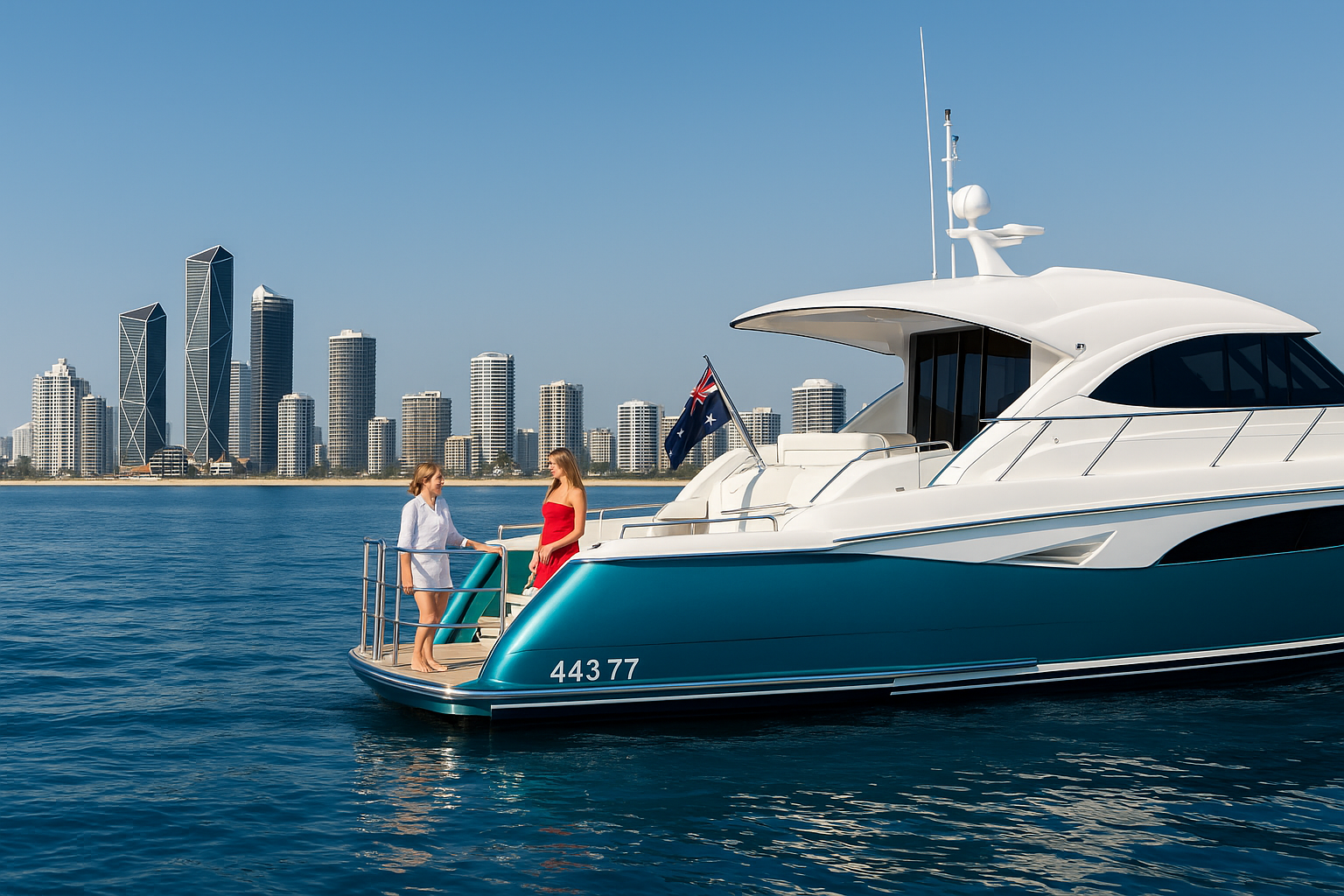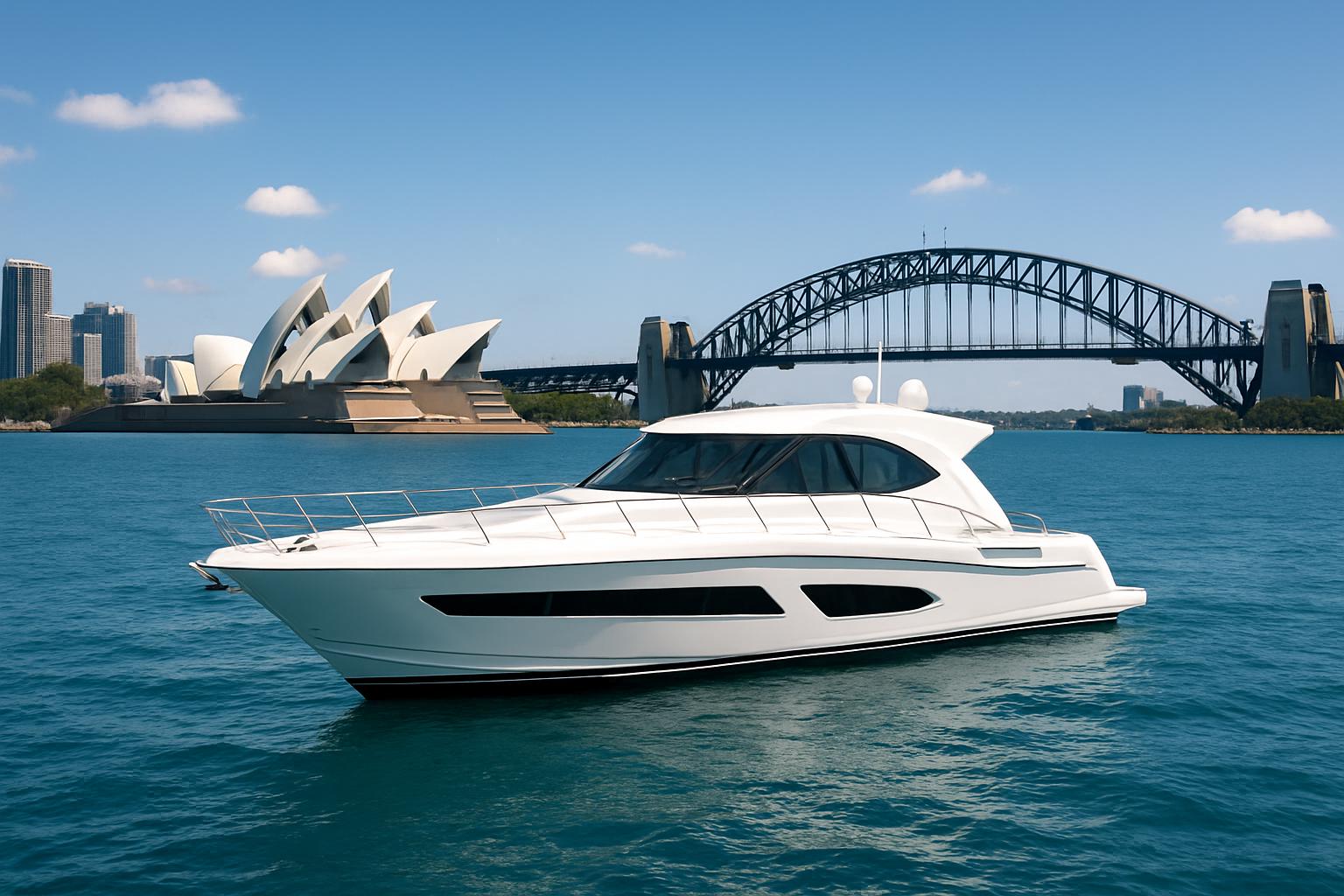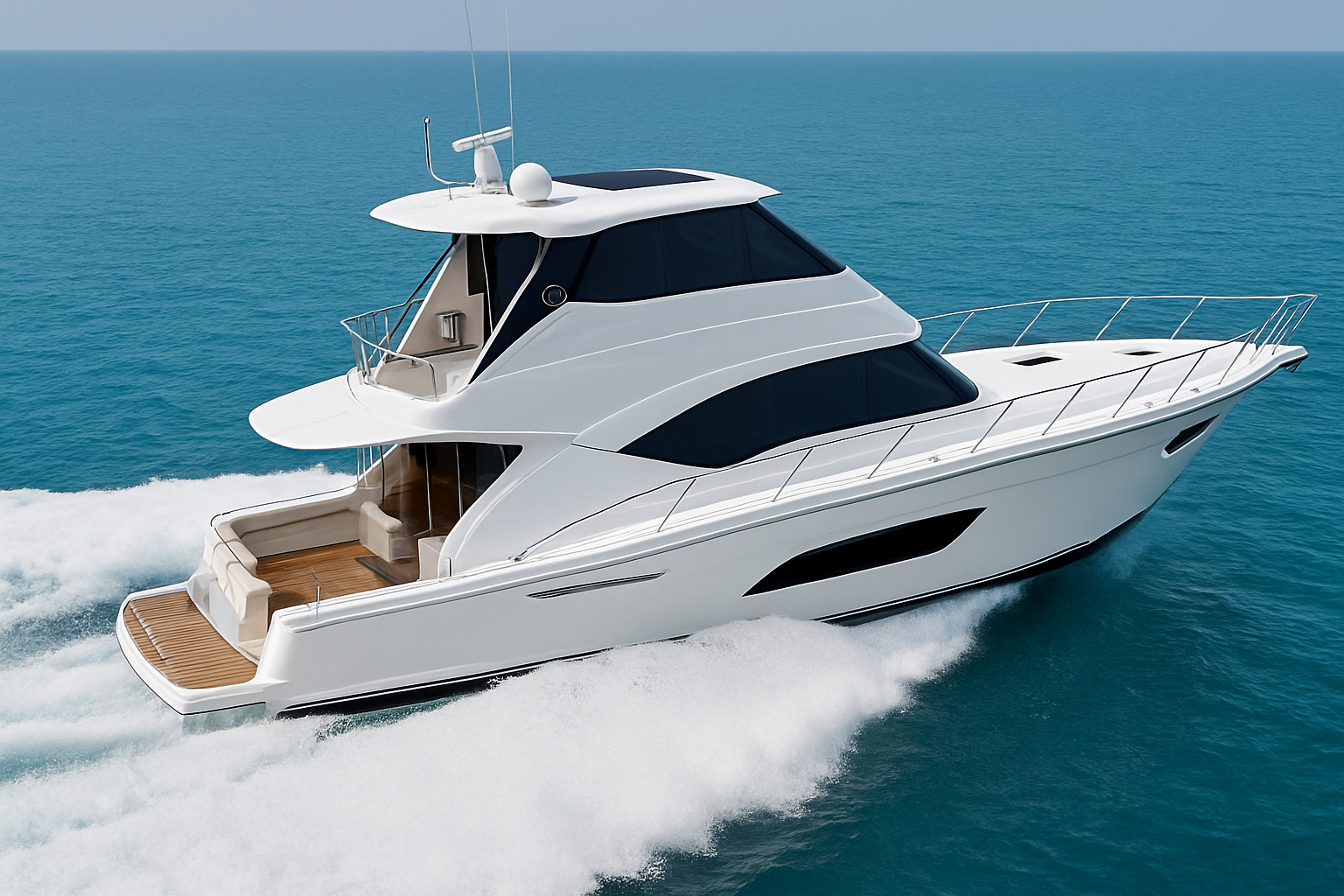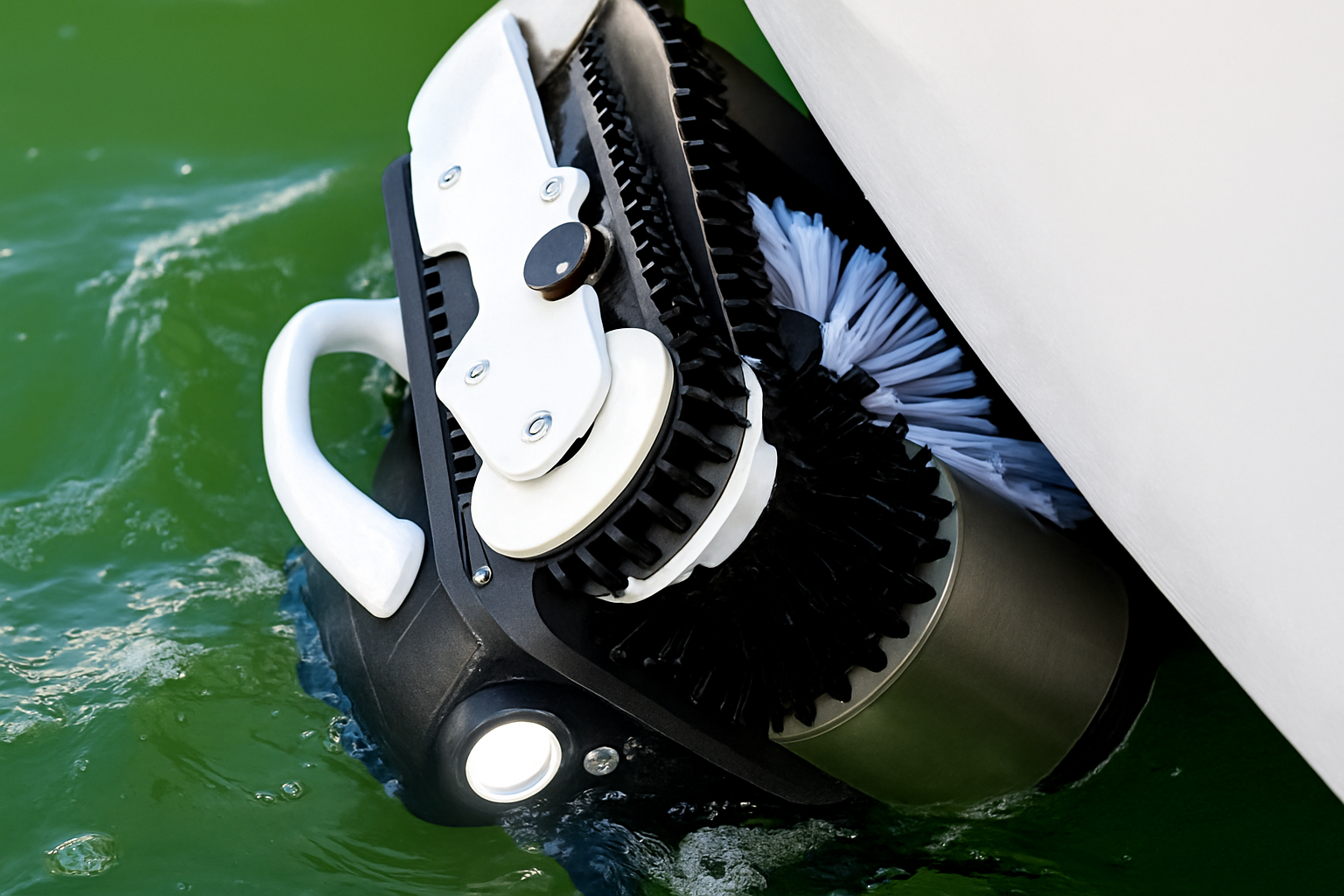
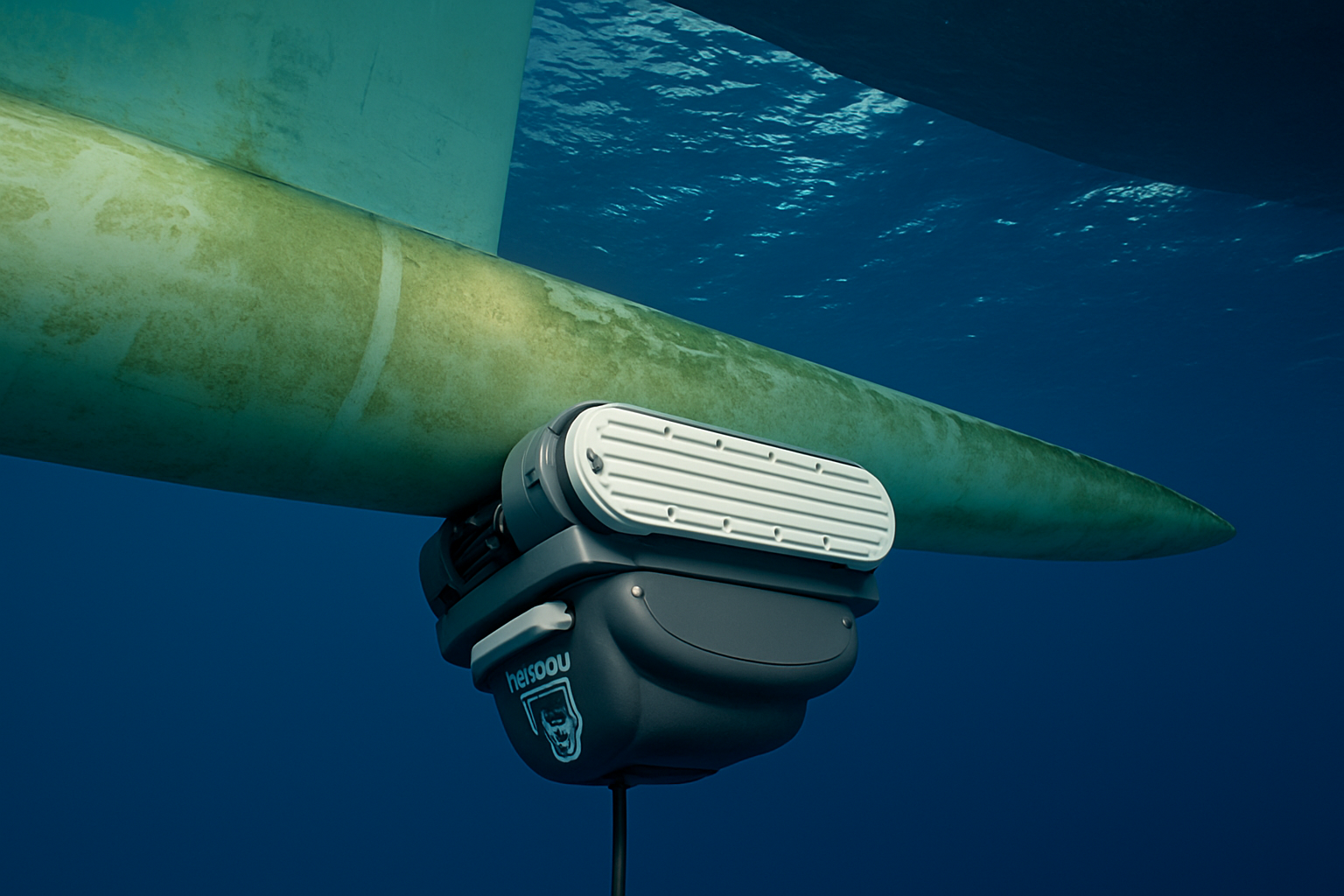
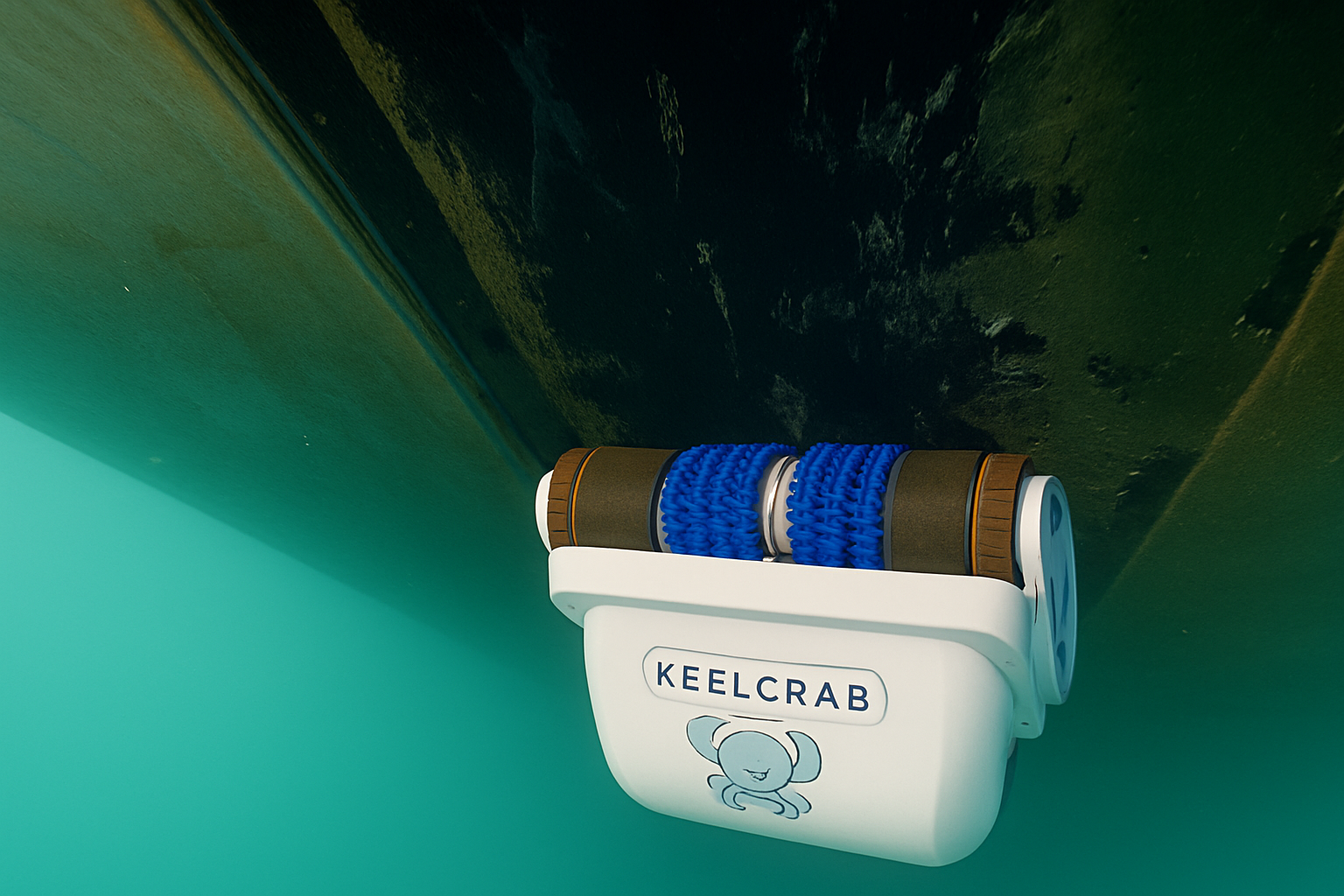
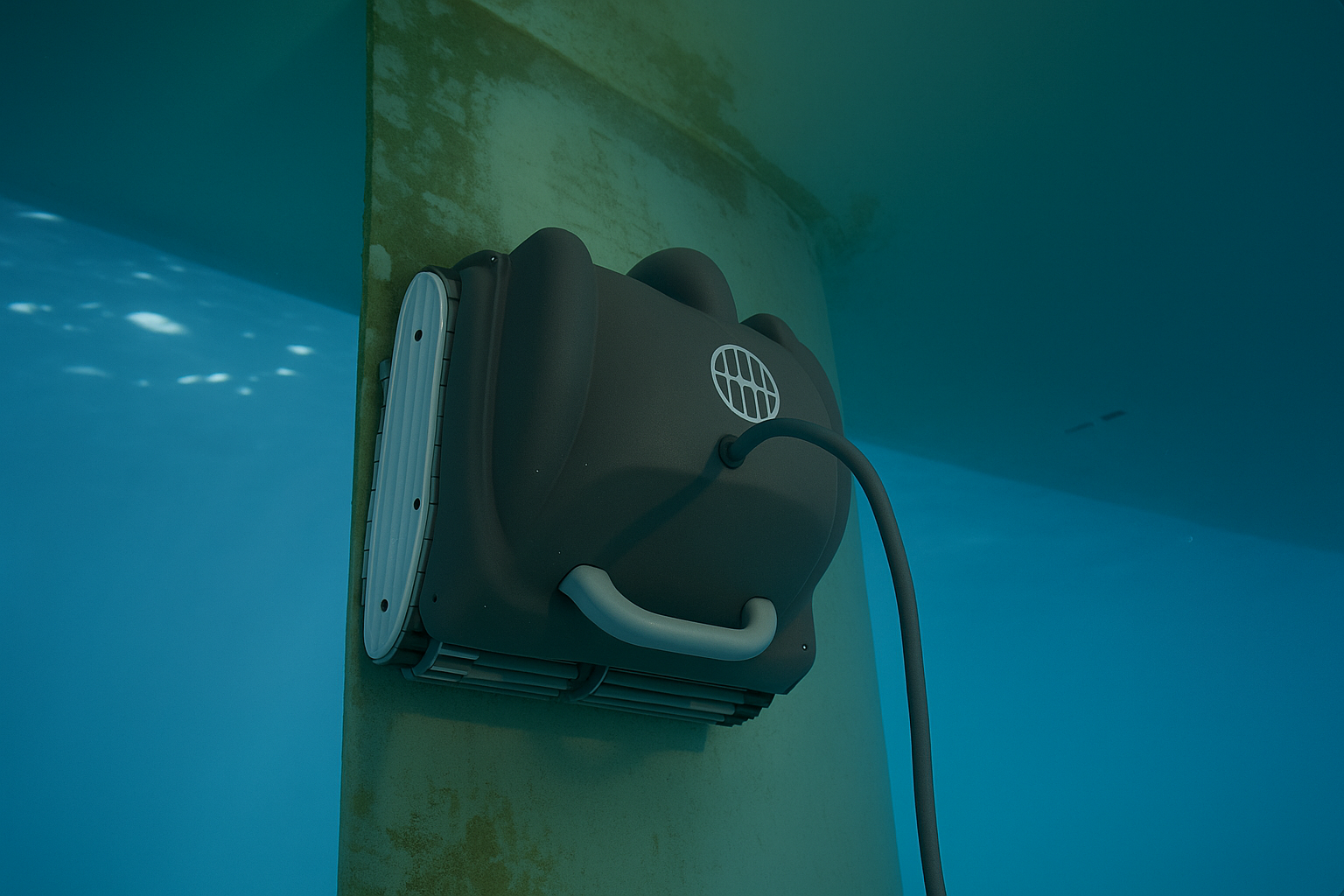
BOOK A FREE DEMO
 Book Your FREE Demo - Experience Advanced Robotic Hull Cleaning Technology
Book Your FREE Demo - Experience Advanced Robotic Hull Cleaning Technology
See Our KeelCrab Drone Technology in Action - No Obligation, No Cost
Discover why yacht owners, marina operators, and vessel fleet managers across Australia are choosing Evolve Robotic Hull Cleaning for their vessel maintenance needs. Our complimentary demonstration showcases the future of hull cleaning technology.
What You'll Experience During Your Free Demo:
🤖 Live Technology Demonstration
- Watch our state-of-the-art KeelCrab drone in action with 3.5kg thrust force precision
- See our counter-rotation brush system with specialised nylon brushes work on your vessel
- Experience our surface-safe design that protects antifouling coatings and hull integrity
📹 Real-Time Video Feed
- Watch the cleaning process live as it happens
- Receive a complete video recording for your records
- Transparent process - see exactly what we see underwater
🌊 In-Water Convenience
- No need to haul out your vessel or visit a dry dock
- Demonstration performed at your marina or mooring
- Minimal disruption to your boating schedule
Perfect For Vessels 30-80 Feet
Whether you own a yacht, manage a marina, or oversee a vessel fleet, our free demo will show you how our eco-friendly robotic technology can:
- Prevent costly hull fouling buildup
- Extend your antifouling life by 6-8 months between cleanings
- Maintain optimal vessel performance
- Provide cost-effective maintenance starting from just $8 per foot
Why Book Your Free Demo?
✅ No Risk, No Obligation - Experience our technology with zero commitment
✅ Professional Assessment - Get insights into your vessel's current hull condition
✅ Customised Solution - Learn how our services fit your specific vessel size and needs
✅ Transparent Pricing - Understand our straightforward per-foot pricing structure
Ready to see the future of hull maintenance?
Contact Evolve Robotic Hull Cleaning today to schedule your complimentary demonstration and discover how our cutting-edge technology can keep your vessel performing at its best while protecting your investment.
Pairs well with

BOOK A FREE DEMO
If you have any questions, you are always welcome to contact us. We'll get back to you as soon as possible, within 24 hours on weekdays.
-
Shipping Information
Use this text to answer questions in as much detail as possible for your customers.
-
Customer Support
Use this text to answer questions in as much detail as possible for your customers.
-
FAQ’s
Use this text to answer questions in as much detail as possible for your customers.
-
Contact Us
Use this text to answer questions in as much detail as possible for your customers.
evolve
Transform Your Vessel's Performance with Advanced Robotic Technology
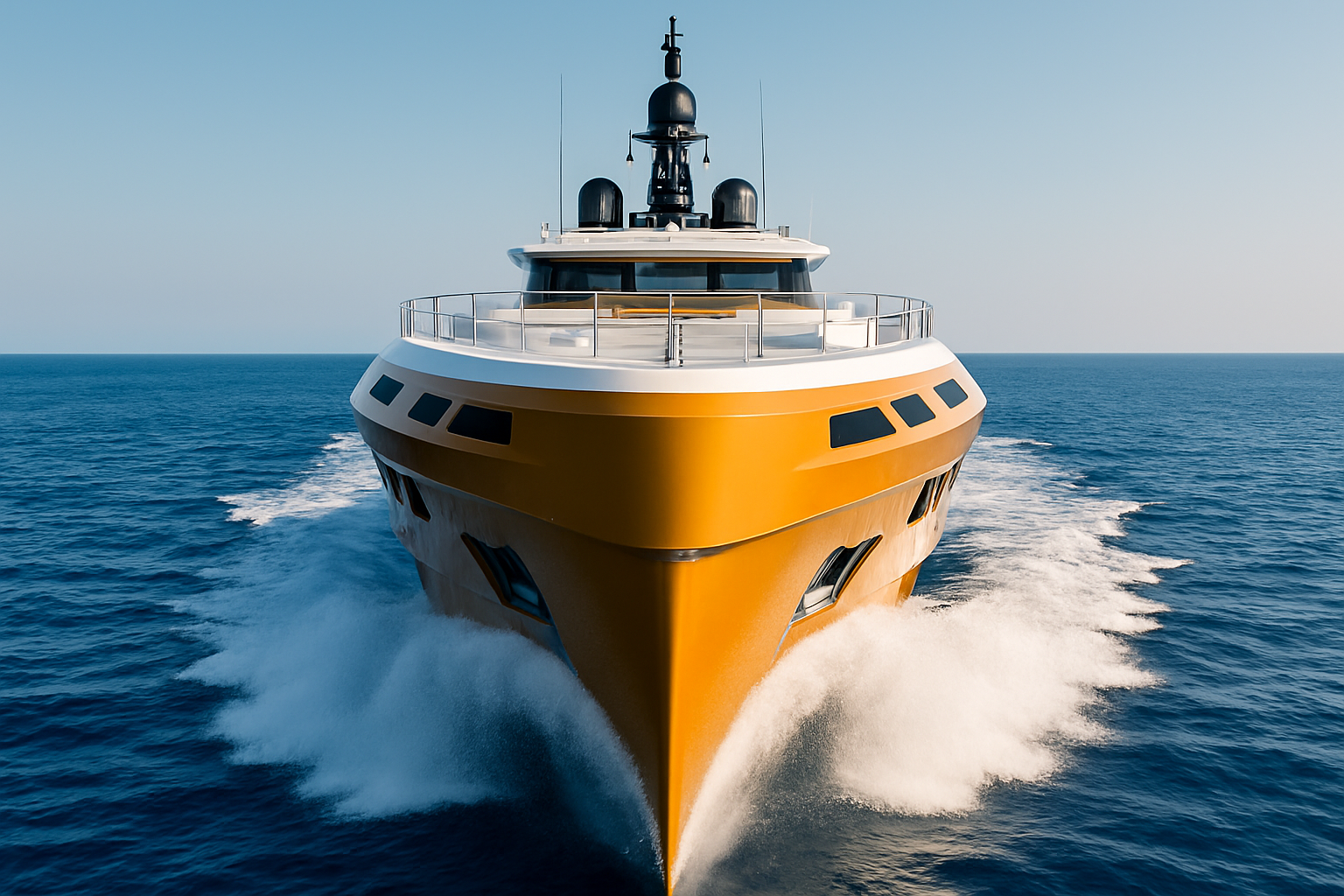
EVOLVE.ESCAPE.RELAX
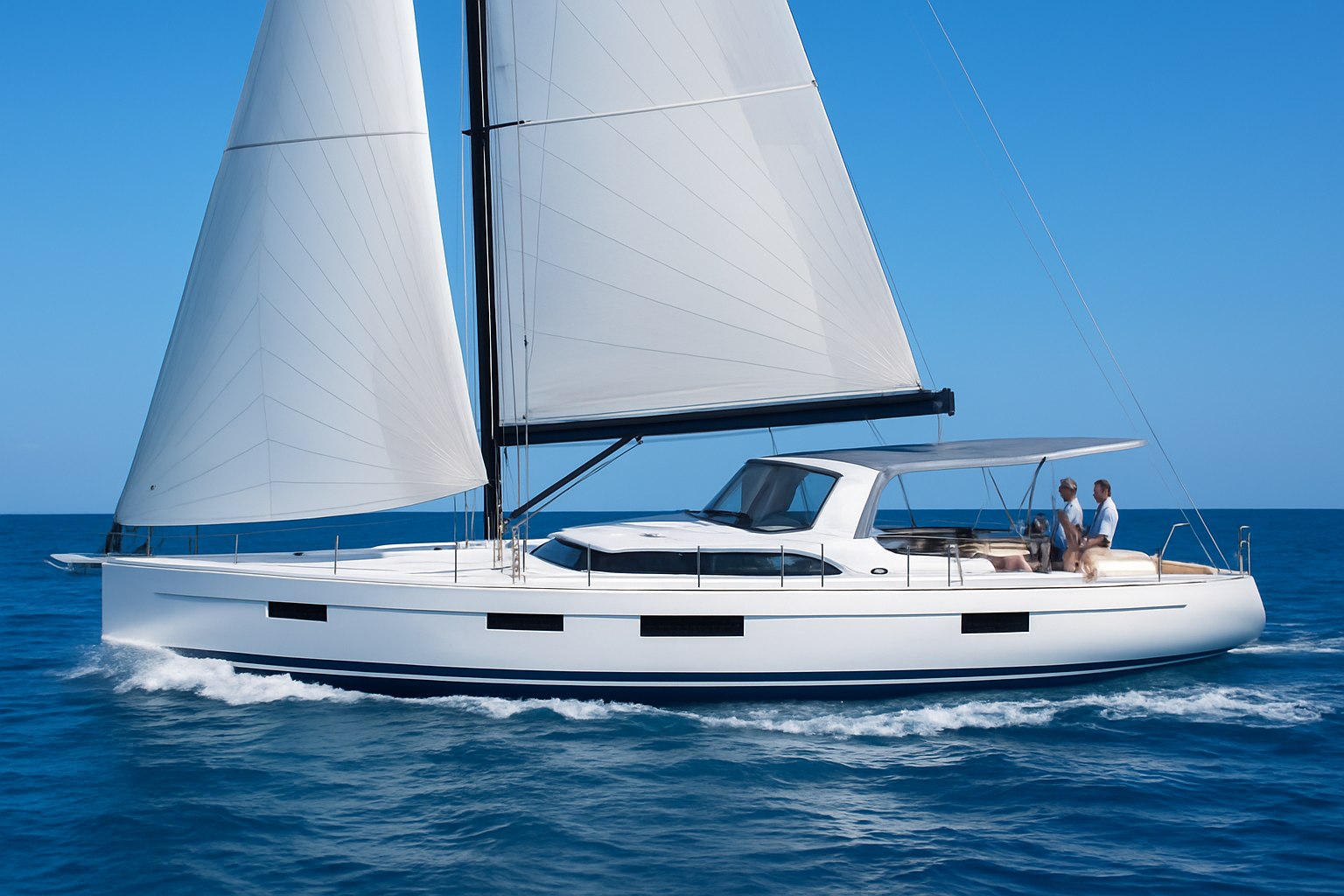
MEMBERS PROGRAM
For less than a cup of coffee prevent the preventable and EVOLVE
FAQs
Please read our FAQs page to find out more.
Can you potentially clean the entire surface of the hull using Keelcrab?
The keelcrab drone is capable of cleaning (once easily mastered in piloting operations) up to the95/97% of the surface area of a displacement hull of a sailboat in the 10/24 meter range and 85/87% of a planing or semi-planing hull of a motorboat in the 10/ 24 meter range.
Does Keelcrab remove barnacles or dog teeth?
Even with the stainless inset brush, the keelcrab drone is unable to remove barnacles or dog teeth or fouling that can be classified as aggressive or highly entrenched. First, the reasons why these pluricellulars proliferate on the hull of your boat are basically to be attributed to a mixture of factors such as the particularity of the water in your catchment area (mix of fresh and salt water or the presence in the immediate vicinity of fish farms) an incorrect technical choice of antifouling chemical protective of your hull (or worse, a poorly executed job) or finally the total absence of the chemical protective product (due either to natural consumption or to previous underwater cleaning interventions that were too aggressive and caused a forced removal of the coating). In any case (a general rule from our direct experience) the underwater removal of these pluricellulars is dangerous to the health and physical integrity of your boat because the mechanical abrasion force required for their removal consequent to their great rooting ability, is so high as to compromise with high probability not only the underlying antifouling layer (causing its total removal) but also the underlying gealcot layer causing in the medium possible problems of osmosis manifestation. For these reasons, the philosophy chosen to be developed espouses the logic of “less aggressive but more frequent.”
Does it remove scale?
Our brushes are designed to remove principles ofcoral, vegetation and algae without removing the underlying antifouling, which in numerous tests in a simulated environment finds no micrometric change before or after several passes of the drone. Regular cleaning aimed at bringing the antifouling back into direct contact with the water also prevents the formation of barnacles and “dog teeth” .
Does Keelcrab remove anti-fouling paint?
Our A.N.C.C.P. certified brushes the result of countless tests on the resulting micrometry (pre and post robot passage) in a simulated environment (with even water analysis) confirms that Keelcrab has the utmost respect for all classified fixed-matrix (i.e., non-water-soluble) silicone (or silicone film) surfaces and antifouling, and indeed its use extends the useful life of the chemical by timely removing the first layers of vegetation andMaintaining direct contact with water.
In case of self-sanding paints?
In the case of even partially water-soluble paints, the first advice is to sail (since the basic chemical self-cleaning principle of these products provides exactly this solution). In case displacement or navigation is not possible, in order to avoid micrometer reduction of antifouling in cases of drone use,use is constrained to the removal of the central brush body, leaving the dual tasks of keeping the robot adhered to the hull and sucking up silt algae or vegetation to the suction capacity alone. The proportion between suction capacity in kg and robot feed ratedemonstrates how using keelcrab without its brush body simulates slow sailing of less than 3.5 knots by stimulating the natural chemical self-cleaning process of paint.



